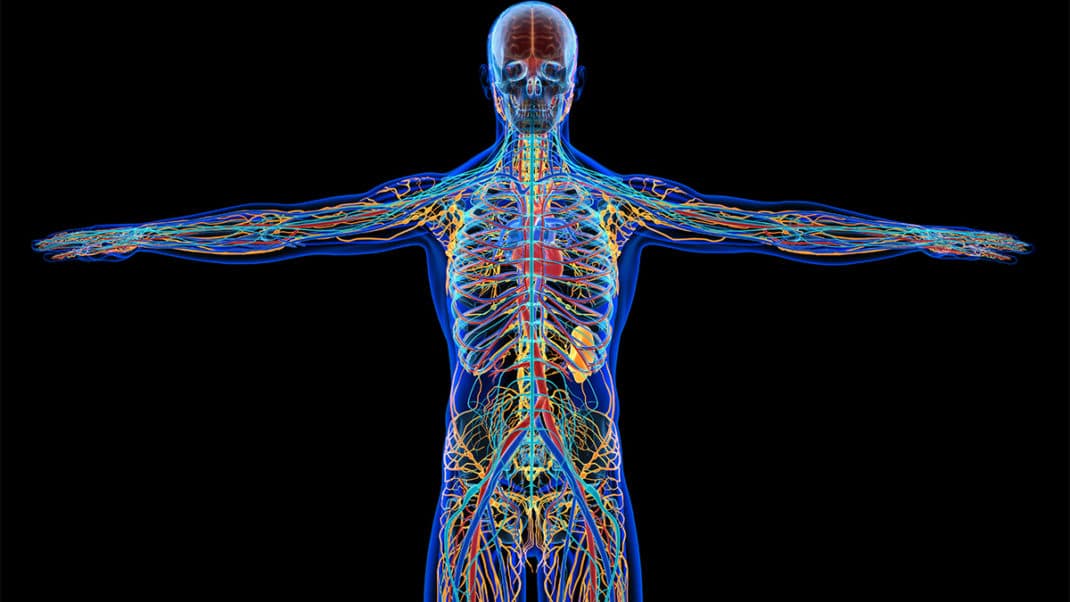Why Modern Diets Are Lacking

Nutrition is a hot topic. It seems like every day there’s a claim about a miracle food or a wonder supplement. But how is the modern diet deficient? Why is it so poor in nutrients?
Kamal Patel, MPh, MBA, director of Examine.com and a nutrition researcher with an MPh and MBA from Johns Hopkins University, compares today’s diets with those of a hundred years ago.
Eating the Same Things
The food categories we eat now are much more homogenous. Wheat, corn and vegetable oils make up a huge portion of our diet. These foods (or food products, when it comes to high-fructose corn syrup, etc.) are rather low in vitamins and minerals and lack potentially beneficial phytochemicals found in other plants.
The Prevalence of Processed Foods
We also eat a lot more processed foods these days. The simple act of processing a food is not harmful. But when we grind certain foods down to a powder (like wheat flour) and make that a large portion of our diet, we take in a lot of “acellular carbohydrates” (Spreadbury 2012). (Plants and animals have cells, which contain water, but when we eat dried, powdered grains, a lot of acellular carbohydrate enters the gut all at once, which may predispose some people to health issues.)
Soil Is Less Mineral-Rich
The plants we eat (and the ones animals eat, which become our meat) grow in soil that’s less mineral-rich than it used to be (Davis, Epp & Riordan 2004). Moreover, roughly half of Americans may be drinking tap water that’s low in magnesium and/or calcium. This may be important, given the potential for high-mineral water to help protect against cardiovascular disease (Azoulay, Garzon & Eisenberg 2001).
Even with today’s food issues, you can still get enough micronutrients through diet alone. How? First of all, remember there are no superfoods, but there are staple foods high in nutrients. Many fruits and vegetables are high in vitamins, and animal products (plus nuts and legumes) are often rich in certain minerals. Moreover, some foods are especially high in certain nutrients, making them useful if you find you are low in a nutrient. For example, shellfish is often quite high in minerals, eggs are rich in fat-soluble vitamins, leafy greens are rich in vitamin K and other nutrients, and liver is an overall nutritional powerhouse.
Even though thousands of studies have explored the health impact of nutrients, we’re unsure about the exact effects because randomized trials typically last only a few months or a couple of years. But we can draw insight from indigenous cultures around the world. People in many of these cultures enjoy fairly long life-spans (even without health care and with occasional food shortages), and nutrient measures tend to be mostly adequate even though the people never take supplements (Lindeberg et al. 1997).
The bottom line: Getting meganutrition through pills is probably less important than avoiding processed and unhealthy foods. Focus on getting a variety of foods, and keep intake of junk foods low (there’s no need to ban sugar from your life). Though modern foods may not be quite as nutritious as in centuries past, we are much more likely to get enough food each day, and we have the luxury of choosing what we eat. Take advantage of that.
References
Azoulay, A., Garzon, P., & Eisenberg, M.J. 2001. Comparison of the mineral content of tap water and bottled waters. Journal of General Internal Medicine, 16 (3), 168&ndash:75.
Davis, D.R., Epp, M.D., & Riordan, H.D. 2004. Changes in USDA food composition data for 43 garden crops, 1950 to 1999. Journal of the American College of Nutrition, 23 (6), 669&ndash:82.
Lindeberg, S., et al. 1997. Age relations of cardiovascular risk factors in a traditional Melanesian society: The Kitava study. American Journal of Clinical Nutrition, 66 (4), 845&ndash:52.
Spreadbury, I. 2012. Comparison with ancestral diets suggests dense acellular carbohydrates promote an inflammatory microbiota, and may be the primary dietary cause of leptin resistance and obesity. Diabetes, Metabolic Syndrome and Obesity, 5, 175&ndash:89.





